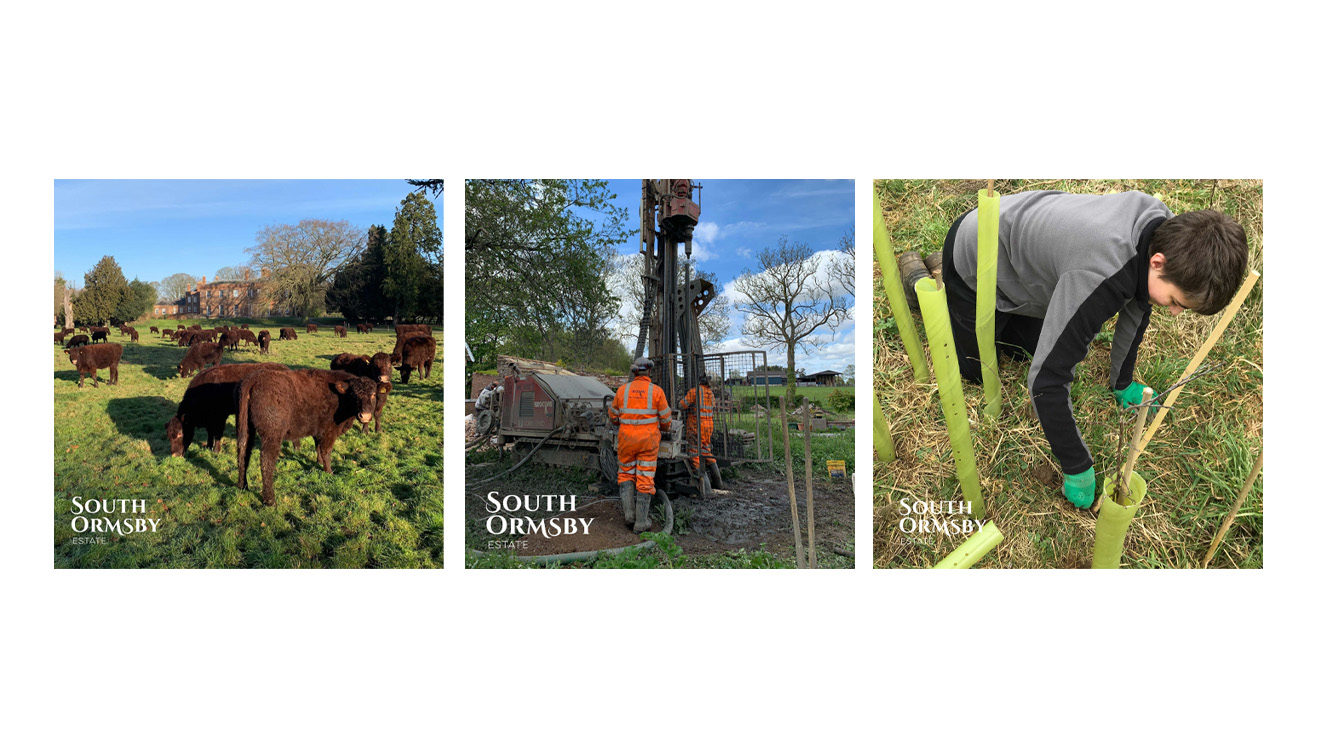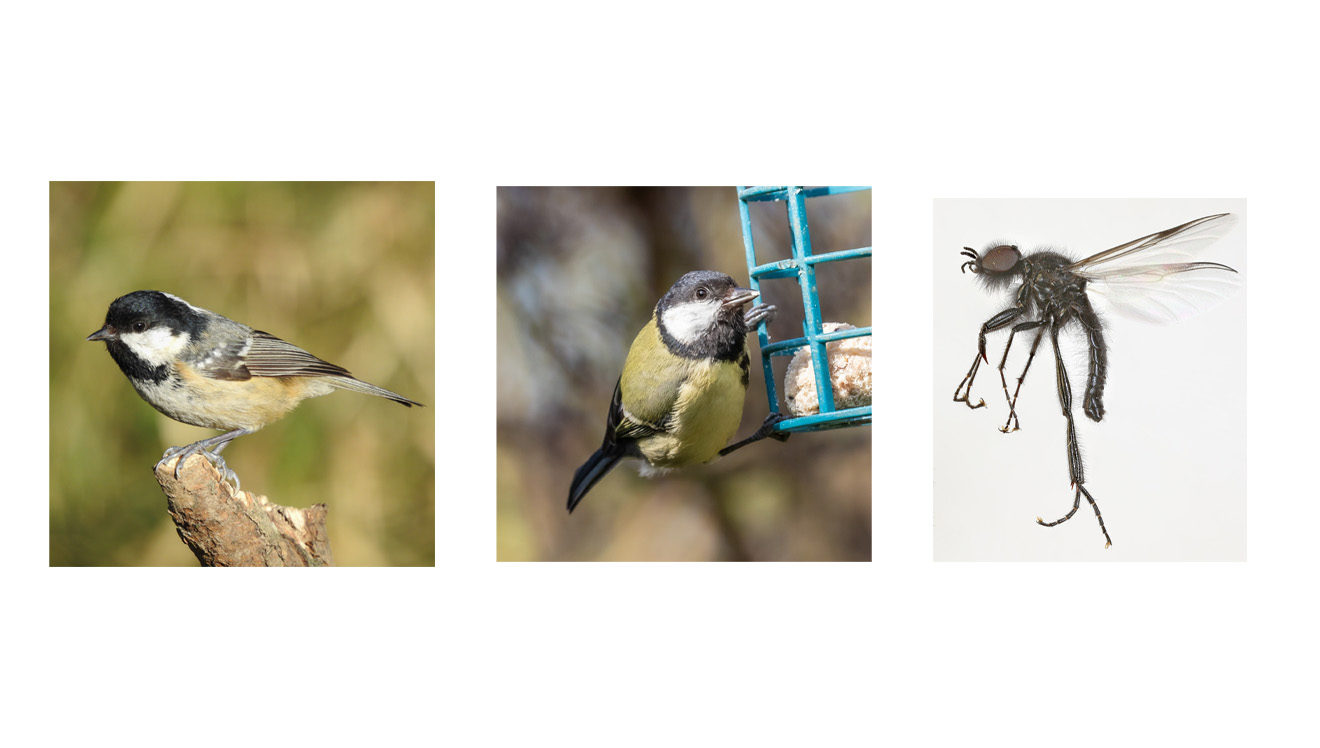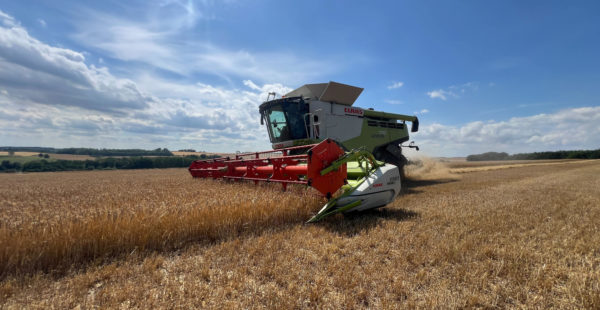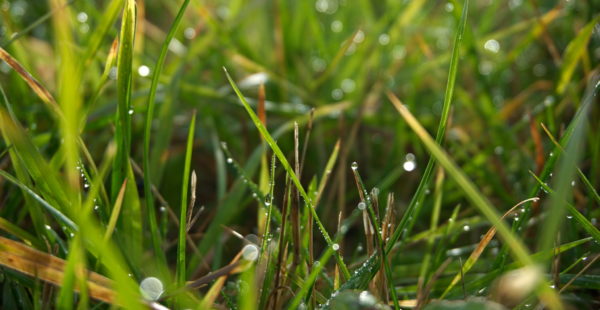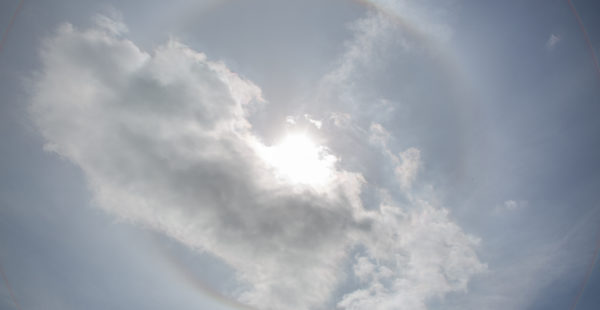A Week on the Estate: Earth Day, Counting Birds & Saintly Flies
April has brought us another fine, dry spring, allowing us to get plenty of work done around the estate. The cold days and frosty nights may be slowly fading away as summer draws closer, but the land could certainly use a drop or three of rain.
This week brought us Earth Day and we celebrated the positive steps we’re taking at South Ormsby Estate to help mitigate climate change and environmental damage. In 2020, we planted 2km of hedgerow, creating habitats for wildlife and reversing the post-war trend towards intensification. Our grass-fed Lincoln Red beef herd embodies our commitment to both the Pasture for Life movement and to native breeds perfectly matched to their environment.
We’re also investing in making our bricks and mortar fit for a more sustainable century. We’re equipping our early-to-mid-20th century housing with state-of-the-art efficiency measures including ground-source heating, insulation and under-floor heating, thereby reducing carbon emissions – and tenants’ heating bills – by at least 80%.
Our Saturday Club have been playing their part too, building nesting boxes to help natural pest-controllers like the tree sparrow recover and thrive. Out on the land, we’re planting up arable land for the specific benefit of farmland bird species and pollinators.


